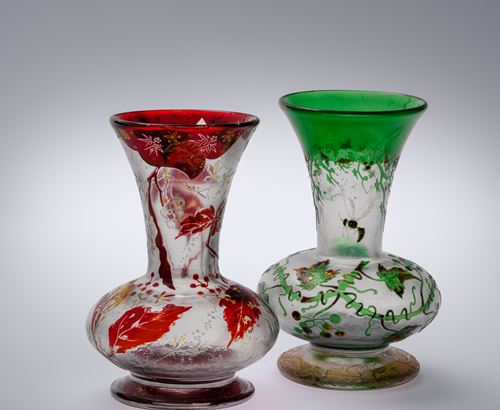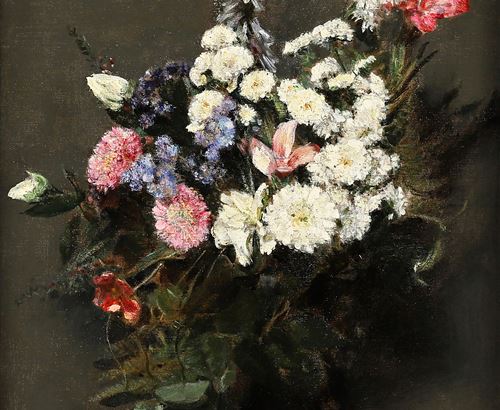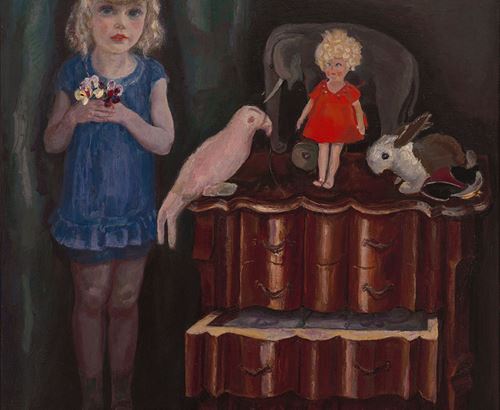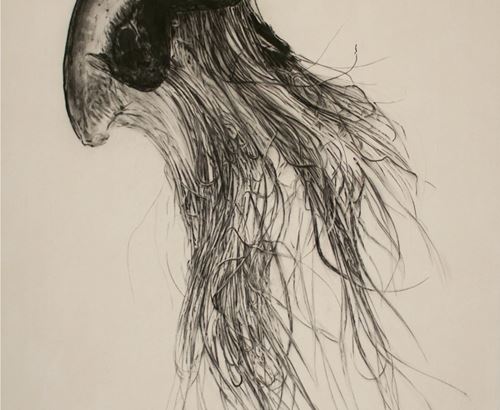Pair of tielimu yokeback armchairs, 17th century
description
A pair of tielimu yokeback armchairs, 17th century.
Provenance
Acquired from a US collector in China in the first quarter of the twentieth century.
Thence by descent when acquired in 2022.
Detail Description
Each armchair has a well-shaped yoke, flattened in the middle and terminating in everted ‘cut off’ ends. The backward-sloping rear posts are tenoned into the underside of the yoke and pass through the seat rail to form the back legs. The flat S-shaped back splat is tenoned into the underside of the yoke and into the back rail of the seat frame. The S-shaped arms are tenoned into the back posts and are supported on slightly shaped front posts that continue through the seat frame to form the front legs. In each case the leg is of square section on the inside to support the seat frame. There are S-shaped tapering braces in the centre of each arm. The rectangular seat frame is constructed typically with mitred corners and exposed tenons in the short rails. The seat frame was drilled to accommodate soft matting, but now has hard matting. It is possible that the matting dates to the 1930s, when the transition from soft to hard matting in China was underway and when these chairs were purchased by an American collector. The outside of the seat frame has a double reducing convex moulding with a square shoulder below. The front apron is mitred and half-lapped and carved with a raised, beaded edge with a central scrolling leafy tendril. The upright aprons have a ‘hip’ with another foliate motif. The aprons are butt-jointed to the underside of the seat frame and tongue and grooved into the inside faces of the legs. The design and construction is repeated on the side aprons but minus any foliate decoration. The back apron is of a simple eared form, made in one piece. The rear stretcher is of oval section and through-tenoned into the legs, as are the side stretchers and front footrest, in descending heights. Both the front footrest and side stretchers have short eared aprons beneath them, tongue and grooved into the legs and butt jointed to their respective stretchers.
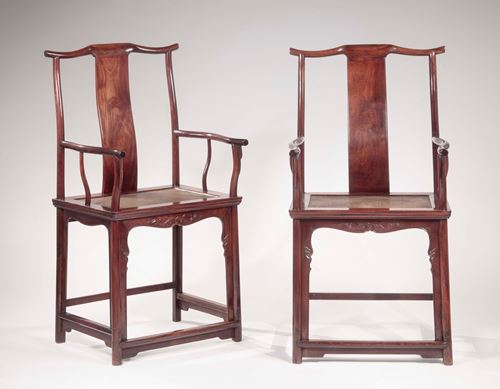
contact
Nicholas Grindley LLC
related artworks

